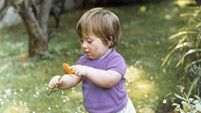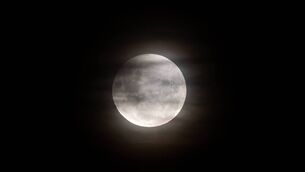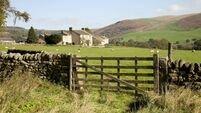Swirling, diving and swooping sights
Now you see them, now you don’t: nature is a master illusionist. The winter plumage of this migrant bird, barely bigger than a sparrow, is brownish-grey on the back and head. Flying low, at high-speed, in a compact mass, they are ‘lost’ against the background of mud and water. When they turn, their white bellies catch the light and they are then, momentarily, a mass of blinding spangles before they turn and ‘disappear’ once more. The manoeuvres of flocks of birds are one of the most exciting sights in nature and winter is the time when one may best view them.
Of the shore birds, dunlin are especially spectacular; they rise like wisps of smoke blown on the wind. Perhaps a hundred pairs of dunlin breed in Ireland while some 150,000 arrive from Russia and Scandinavia in winter. Their camouflage disrupts the normal effects of light and shade. When light falls on an object, its shape is emphasised by brightening the upper surface and darkening the lower: light above, shadow below. The plumage of many birds reverses this effect: the upper parts — the head and back — are dark and the belly is pale. Thus it is with dunlin, as with other birds of bare, open terrain like estuaries and seashores.














